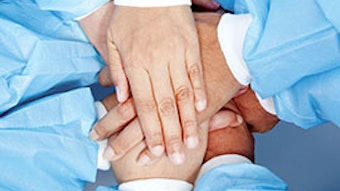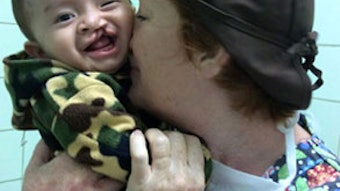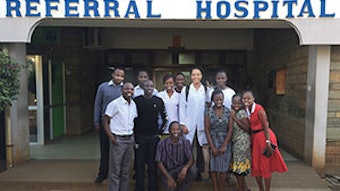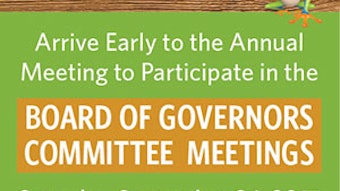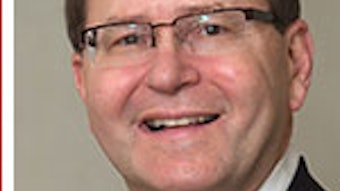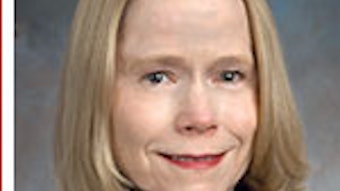Vestibular Experiments in Space
Early in space exploration, research on the vestibular system was of great interest due to astronaut reports of spatial disorientation, nausea, and post-flight balance issues during the Apollo Program (1961-1972).1 This constellation of symptoms became known as Space Adaptation Syndrome (SAS).
by Ryan Camilon, MD, Shaun A. Nguyen, MD, Ted A. Meyer, MD, PhD, and Paul R. Lambert, MD
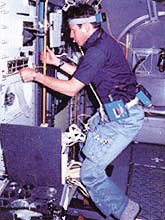 Images provided by nasa.gov and history.nasa.gov
Images provided by nasa.gov and history.nasa.govEarly in space exploration, research on the vestibular system was of great interest due to astronaut reports of spatial disorientation, nausea, and post-flight balance issues during the Apollo Program (1961-1972).1 This constellation of symptoms became known as Space Adaptation Syndrome (SAS).
The shuttle-based Spacelab missions (1983-1998) utilized this unique environment to perform vestibular research with many studies focusing on SAS. In weightlessness, Spacelab crewmembers experienced sudden visual reorientation when recognizing static objects in their surroundings. The brain expected otolith organ signals to be in parallel with visual cues. However, when otolith organ information conflicted with visual signals (such as seeing the position of a chair) SAS symptoms were felt.2
Thus, investigators proposed the theory of sensory conflict as the cause. The brain would then learn to ignore the information provided by the otolith organs and focus more on visual, tactile, and proprioceptive clues in order to adapt to space.
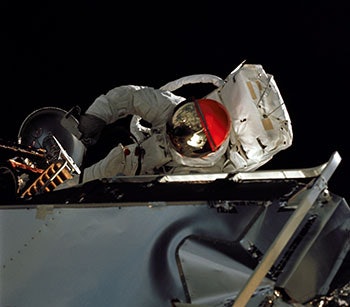 Images provided by nasa.gov and history.nasa.gov
Images provided by nasa.gov and history.nasa.govExperiments on Mir and the International Space Station (ISS) were of longer duration and sought to develop countermeasures to SAS and post-flight postural deconditioning.3 Reflexes that involve otolith organ information such as the vestibular-ocular reflex (VOR) were studied. Torsional VOR, mediated by both the semicircular canals and otolith organs, was found to be inhibited in space.4 Ocular counter-rolling (OCR) was also found to be significantly reduced.5
It was concluded that the postural and gaze problems experienced by astronauts post-flight are related to the deconditioning of otolith organ signal interpretation. Several ongoing experiments on the ISS are investigating the use of in-flight centrifugation to prevent such deconditioning.
With space tourism on the horizon, these experiments have grown in importance. Though SAS will become more prevalent, commercial space flight brings several research benefits including larger sample sizes and more generalizable conclusions. It is evident that the exploration of the issues involving the vestibular system has had a healthy head start.
References
- Homick JL. Apollo flight crew vestibular assessment. Biomedical Results of Apollo. United States; 1975:323-340.
- Neal V, McMahan T, Dooling D. Living and working in space: life sciences. In: Garber S, ed. NP-119 Science in Orbit: The Shuttle & Spacelab Experience, 1981-1986. NASA; 2004.
- Clement G, Ngo-Anh JT. Space physiology II: adaptation of the central nervous system to space flight—past, current, and future studies. Eur J Appl Physiol. Jul 2013;113(7):1655-1672.
- Lackner JR, DiZio P. Vestibular, proprioceptive, and haptic contributions to spatial orientation. Ann Rev Psychol. 2005;56:115-147.
- Moore ST, Clement G, Raphan T, Cohen B. Ocular counterrolling induced by centrifugation during orbital space flight. Exp Brain Res. 2001;137(3-4):323-335.

